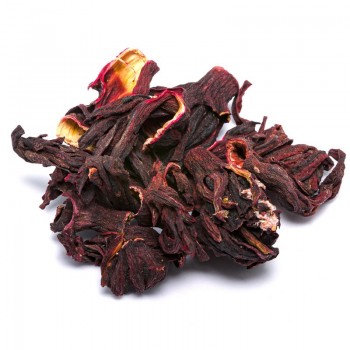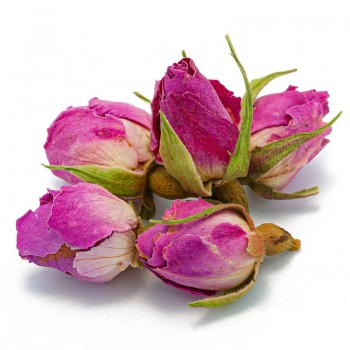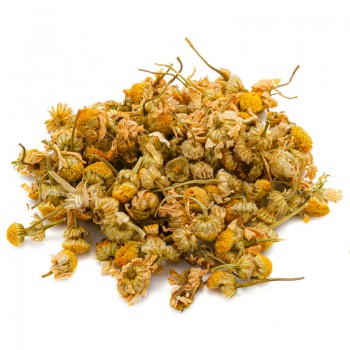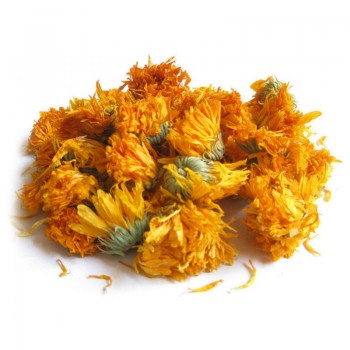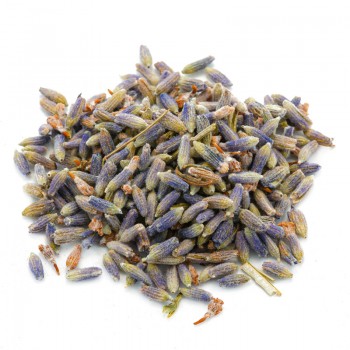This plant, known for millennia for the properties of its leaves and flowers, in particular gives its soothing qualities through the floral infusion. The blue flowers of malva sylvestris have valuable properties for the airways, oral cavity and digestive system. In addition to presenting a soft taste and a delicate fragrance in the infusion.
Blue Mallow Flowers: properties and benefits
Mallow is a plant rich in mucilage, ie gelatinous substances that bring emollient and moisturizing properties to our body. In the infusion of flowers, in particular, the mucilages give soothing effects, which together with some antioxidant flavonoids, are useful for treating respiratory tract disorders. They increase the fluidity of bronchial secretions in case of cough, phlegm and hoarseness.
An herbal tea of mallow flowers makes available substances similar to our mucus, able to protect and soothe the irritations of the throat and oral cavity, such as toothache. It is useful to calm dry cough , soothe the symptoms of bronchitis and asthma. In herbal medicine, the infusion of blue mallow flowers helps to keep the voice ringing, thanks to the fluidifying action in the throat. In addition, among the flowers for herbal teas, those of blue mallow are excellent for regulating digestive and intestinal transit . An infusion of flowers can aid digestion, protecting the gastric mucosa so as to avoid stomach pain, gastritis, colitis or diarrhea. The mucilage , in fact, have emollient and protective qualities for the stomach, against irritation of the mucous membrane of the intestine.
Blue Mallow flowers can play a role as mild laxatives, in case of constipation, and maintain the normal volume and consistency of the stool. They are also associated with the purifying and diuretic activity of herbal tea, with an emollient and soothing effect on the urinary tract. As flowers for herbal teas they are also used for their natural anti-inflammatory effect on the mouth and gums , which can also be used as a mouthwash.
Origins and History of cultivation
The Malva sylvestris plant is native to Europe, North Africa and Southwest Asia. Over the centuries, the plants have also spread to North America and throughout Europe. The name of the genus is an ancient Latin name that comes from mollire, that is, emollient. The epithet sylvestris specifies that it grows in the woods. In fact, today we see that mallow develops easily in all fallow fields, roadsides and in ruins. It shows its flowers from pink to violet, which become darker during drying, up to periwinkle blue.
In herbal medicine, flowers and leaves are used, which have more or less the same properties, while in the past they also used roots, then considered natural anesthetics.
Historically, the plant was already mentioned by Greek and Roman doctors, both in the kitchen and for its medicinal properties, especially for the digestive system and for skin problems. In past centuries, the blue mallow flower infusion was used for both internal and external use. In folk medicine it was used to treat various inflammatory conditions in the form of infusions, decoctions, poultices, liniments, lotions, baths and gargles. The blue mallow flower was boiled to make a mouthwash suitable for sore throats, to treat respiratory problems such as cough and bronchitis, digestive disorders, constipation and stomach pain. In ancient times the decoction of mallow flowers was considered a remedy for epilepsy and poor circulation.
In ancient times, mallow flowers were used in infusions by women in case of cystitis and dysmenorrhea, and after childbirth for an antiseptic and detoxifying action together with the leaves. Externally, it was used with other ingredients on the belly to relieve internal pain or against insect bites. It was also applied against acne and boils.
The tea with mallow flowers also represented for some a symbol of spiritual peace. On a culinary level, these edible flowers still have an ornamental function in some dishes, and are used for the preparation of risottos, gnocchi, in omelettes or vegetable fritters. The flowers are also used to prepare some drinks including ratafia , a liqueur from Catalonia that includes many wild species.
Plant and flowers
Scientifically known as Malva sylvestris, the malva is a species of the genus Malva of the Malvaceae family. The stem of the mallow plant arises from a central point, is flexible, and develops with low growth. Mallow plants have a prostrate bearing, and easily grow on open and abandoned fields. In cultivation, the seeds are planted in the summer, while the mallow flowers usually bloom in the fall. Depending on the species, they can be lilac, white and pink, up to shades of lavender and blue - they always have 5 petals. Sometimes there are streaks of color, radiating from the center of the flower. They are harvested in the summer and can be dried for later use. The flowers are followed by hazelnuts. The leaves have short hairs on both the lower and upper surfaces. It is a plant not very popular with animals, and every part is full of a light mucilage.
Nutritional values of Blue Mallow flowers
Mallow flowers contain several active ingredients, including tocopherols (vitamin E) and ascorbic acid (vitamin C), tannins, mucilages, essential oils, terpenoids and compounds phenolics, antioxidants, flavonoids and tannins . They make bio-available a flavonoid substance called malvin glycoside, as well as other anthocyanins such as malvidin, delphinidin, myricetin . There are also derivatives of the antioxidants apigenin, quercetin and kaempferol. Among dicotyledonous plants, this has abundant deposits of mucilage, which are mainly responsible for the therapeutic effects of mallow holes. How to use the blue mallow flowers in the herbal tea The infusion is obtained by putting about 3-5 grams of mallow flowers in a cup (250 ml) with water at 100 ° C. Leave to infuse for 5 to 7 minutes, before drinking the herbal tea. Add honey or sugar if you wish.
Mallow flowers: side effects and contraindications
The infusion of this flower should not be consumed in excess, otherwise it could give unwelcome effects. Mallow could cause excessive laxative consequences, episodes of nausea and vomiting, gastric upset or indigestion. Furthermore, the use of herbal tea is not recommended in case of adverse reactions to some components of the plant, such as malvina and malvidina. It is also necessary to be careful in case of pregnancy and breastfeeding, seeking the advice of your doctor.

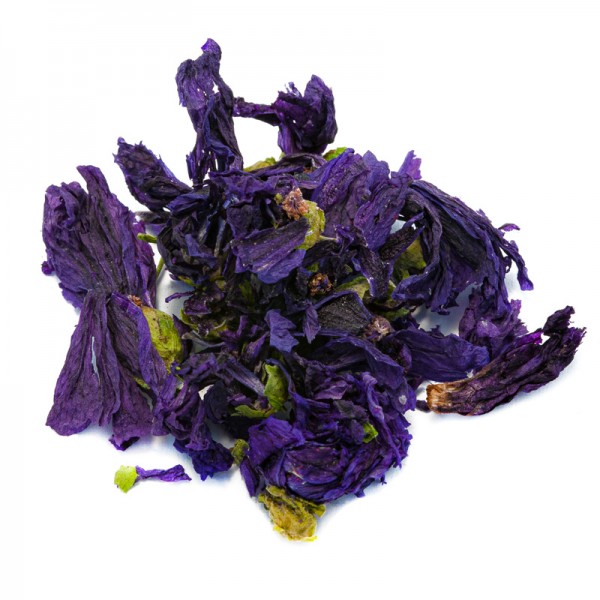









 No reward points for this product.
No reward points for this product.
